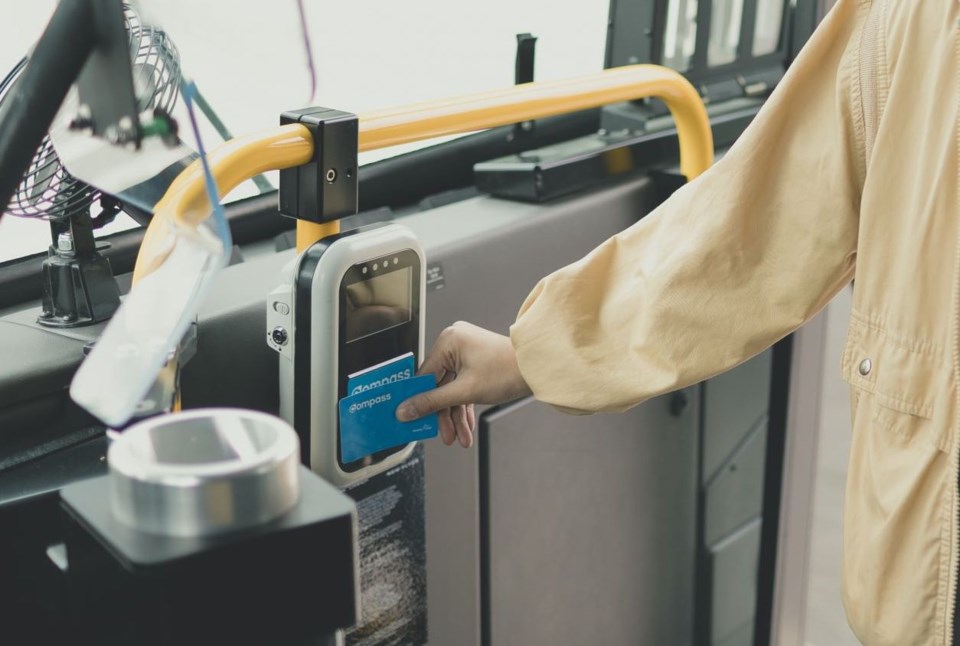Transit fares in the Lower Mainland will rise between $0.05 and $4.35 starting July 1.
One-zone adult cash or contactless payment fare will rise from $3.15 to $3.20, whereas the Compass Card fare (stored value) will jump from $2.55 to $2.60.
For adults travelling two zones with cash or contactless payment, the price will rise from $4.55 to $4.65, and for those who travel with Compass Cards, the fare will jump from $3.75 to $3.85.
Three-zone travellers will be paying $6.35 instead of the current price of $6.20, and Compass Card users will be paying $4.90 instead of $4.80 when transiting across three zones.
Meanwhile, TransLink's monthly passes will see the most significant price increase, as one-, two-, and three-zone monthly adult passes will rise by $2.40, $3.25, and $4.35, respectively, to $107.30, $143.50, and $193.80.
Bigger fare hike expected in 2025: TransLink
However, in 2025, the transportation provider is expected to raise the fares even more, to four per cent across the system, to increase frequencies and services that can match the population growth.
“Metro Vancouver’s population is growing rapidly, and so is crowding on our buses,” says TransLink CEO Kevin Quinn in a statement.
In 2023, one-third of Metro Vancouver’s population used transit at least once per week. Last fall, TransLink served 430,000 different customers on an average weekday, and approximately 900,000 different customers per week.
In the Lower Mainland and UBC area alone, the ridership increased 17 per cent in fall 2023 compared to fall 2022.
Plans to address overcrowding on busiest bus lines
To address the overcrowding issue, TransLink plans to increase bus services by 3 per cent, including the 60 most overcrowded bus routes. The transit provider also wants to begin the first trip of the SeaBus 15 minutes earlier in both directions, as well as increasing Canada Line frequencies during peak hours.
“The 2024 Investment Plan will provide important short-term relief for customers, but we need commitments for long-term support that will help us keep up with population growth,” Quinn added.



